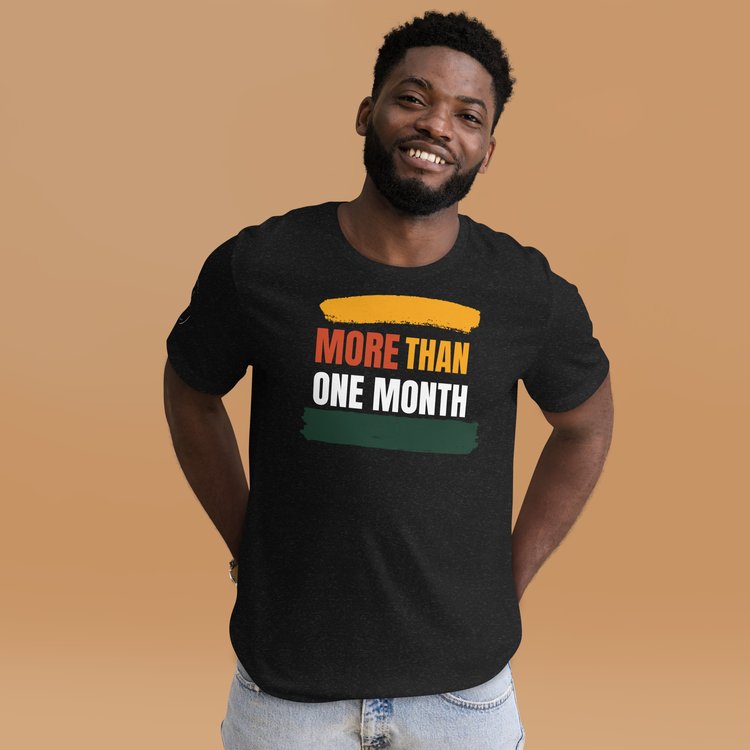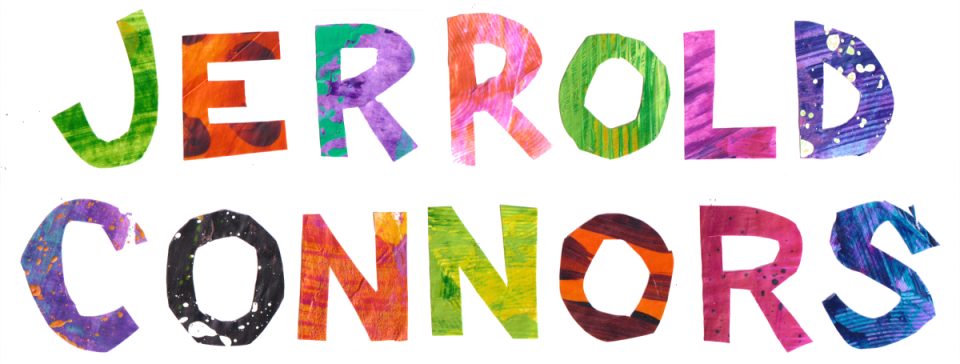I came into February on fire. Motivated. Jazzed, even. I had just bought two new books by some of my favorite authors and had hopes of reviewing them on February 1st to start off a month-long celebration of Black creators and, specifically, the books on my shelf (new and old) that I enjoy sharing. What a month it was to be!
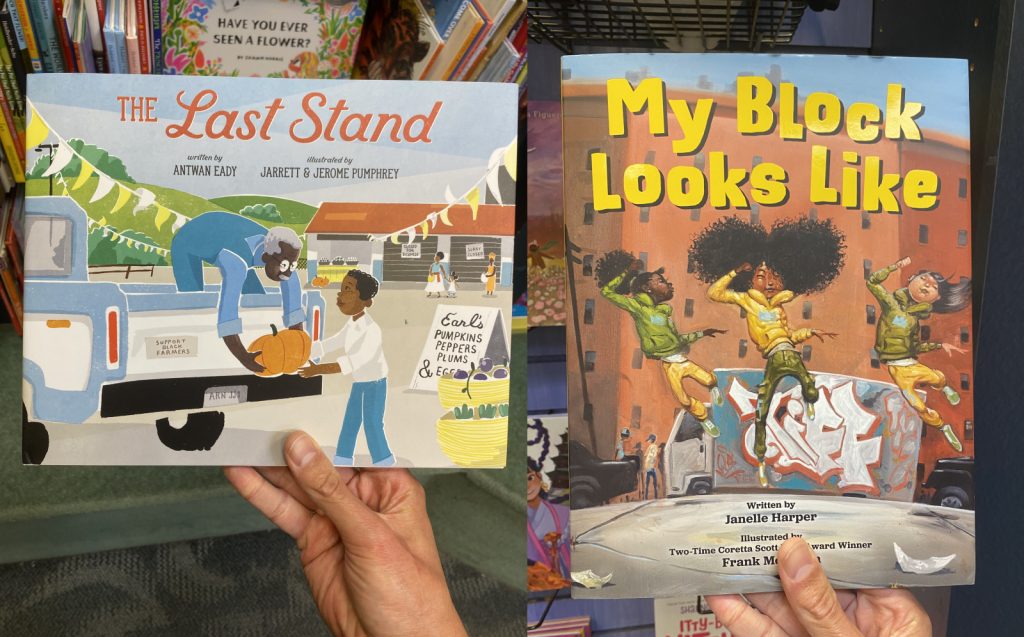
Cut to the 29th. Leap Year gave me a full extra day to meet this goal but even so I was barely able to take advantage of it. At two thirty in the afternoon I begun drafting this post and even hit a premature “publish” (to secure the February date). However, WordPress runs on GMT and seeing as it was after midnight in London, this post is marked as being written in March. That annoyed me more than you’ll ever know and took more than some of the wind out of my sails.
Late as I am, though, I still want to write an appreciation of these two books. Let’s start with THE LAST STAND. An advanced review of THE LAST STAND by Colby Sharp (watch it here) gave the book some incredibly high praise and, yeah, Sharp didn’t miss. Eady tells a story that plays like one of those Americana movies (I’m thinking of films about farms and farmers like FIELD OF DREAMS or THE STRAIGHT STORY or even Pixar’s THE GOOD DINOSAUR). Like the best of those, THE LAST STAND is simultaneously small and epic.
Not everything that is important is big and glossy. Sometimes the important things are rusty wheelbarrows and bruised plums.
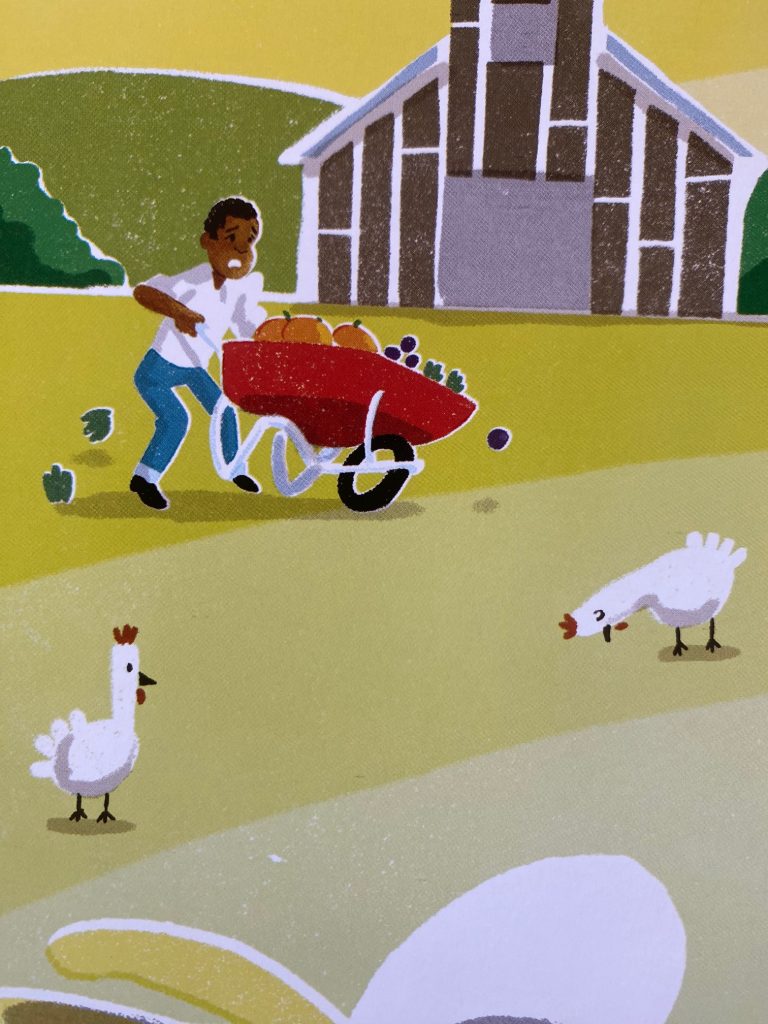
So if I’m going to compare THE LAST STAND to film, then maybe it’s more like a documentary. The story based on the history (past and living) of Black owned farms in Garnett, South Carolina. This brings me to the art. The Pumphrey brothers’ work reminded me immediately of the quilts of Gee’s Bend which I know, primarily, from a set of stamps I bought in 2006 and which I enjoyed too much as art to ever use.
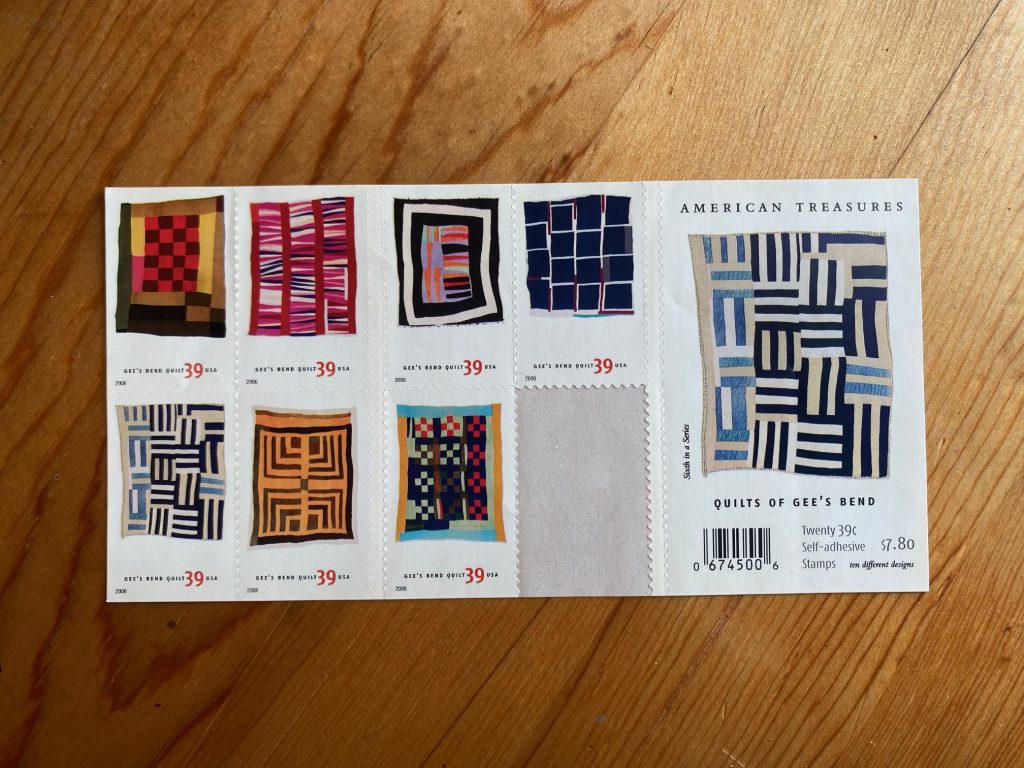

Thinking about Gee’s Bend (located in the central part of Alabama) got me looking up Black folk artists of the South and I found some paintings and prints by William H. Johnson (1901-1970) who is from Florence, South Carolina a mere three hours from Garnett. Check it out.
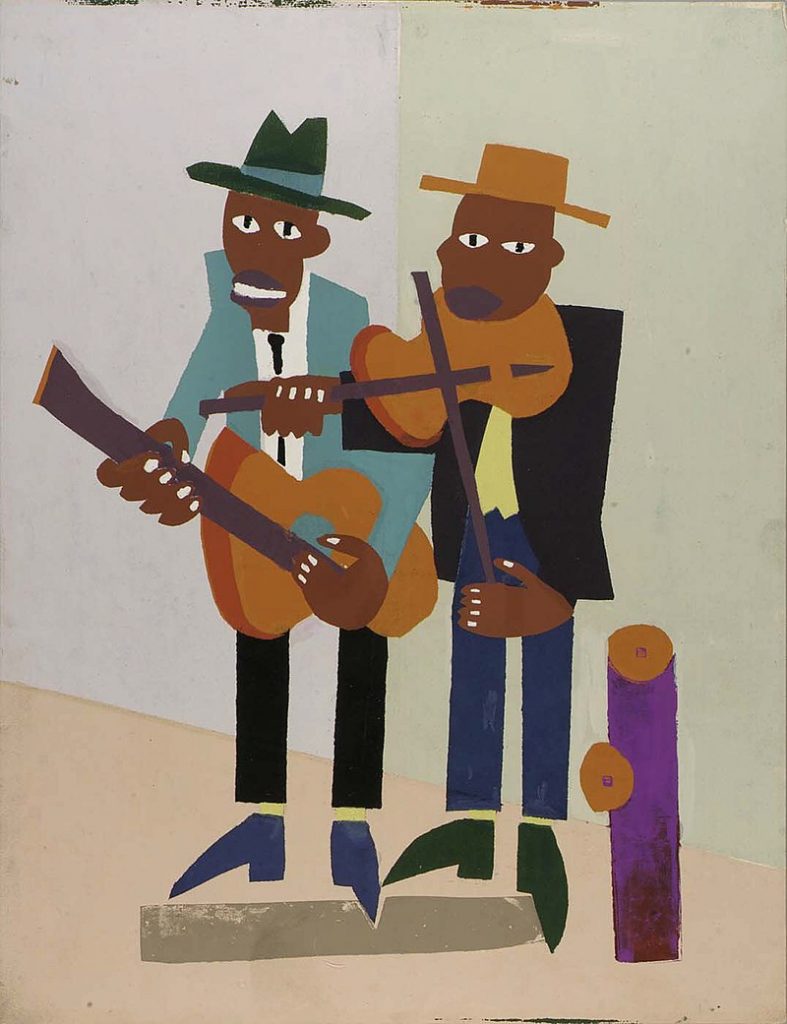

I don’t know enough of the Pumphrey’s work to know if either Gee’s Bend or William H. Johnson are influences but it was fun to look at and think about this beautiful art.
Speaking of beautiful art…
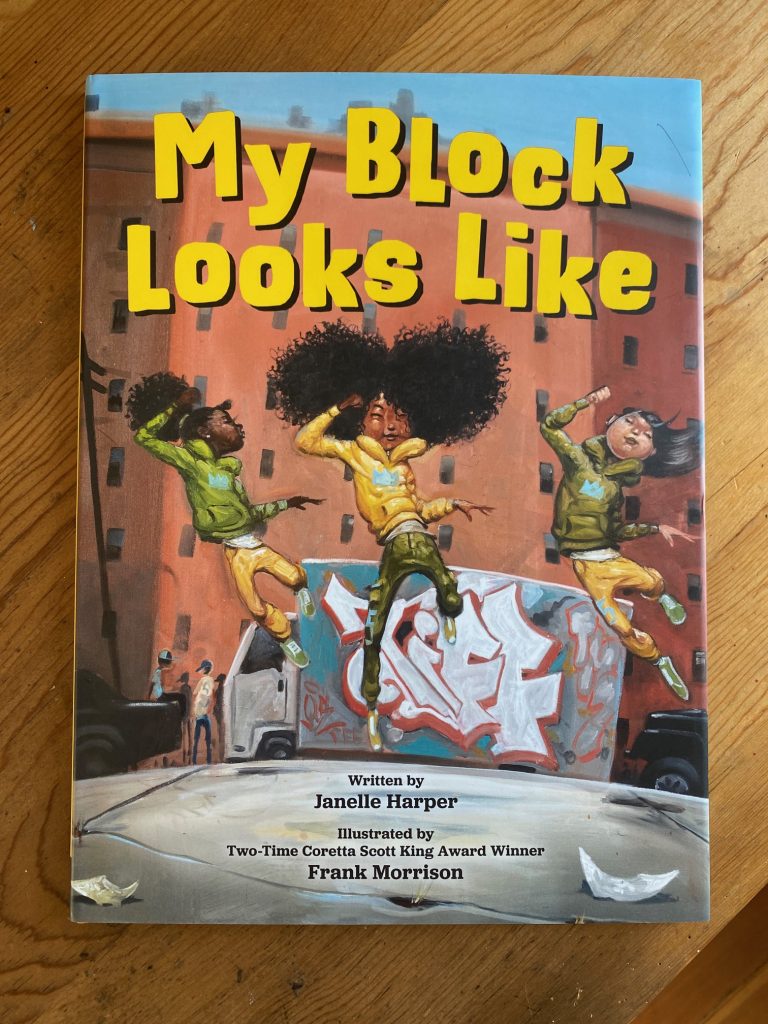
MY BLOCK LOOKS LIKE is an absolute masterpiece. I’ve spoken before about my love of oil pastels in illustration and I did a Twitter thing about the influences of hip hop in C. G. Esperanza’s work in SOUL FOOD SUNDAY (Winsome Bingham and C. G. Esperanza) so I don’t want to repeat myself too much.

I will say this, though: the movement and life in Morrison’s illustrations makes me think of dance. Like Esperanza, Morrison has spoken about creating art through “the lens of hip-hop culture”, but I think MY BLOCK LOOKS LIKE transcends one musical genre. There are some spreads where I hear jazz, there are some where I hear classical.
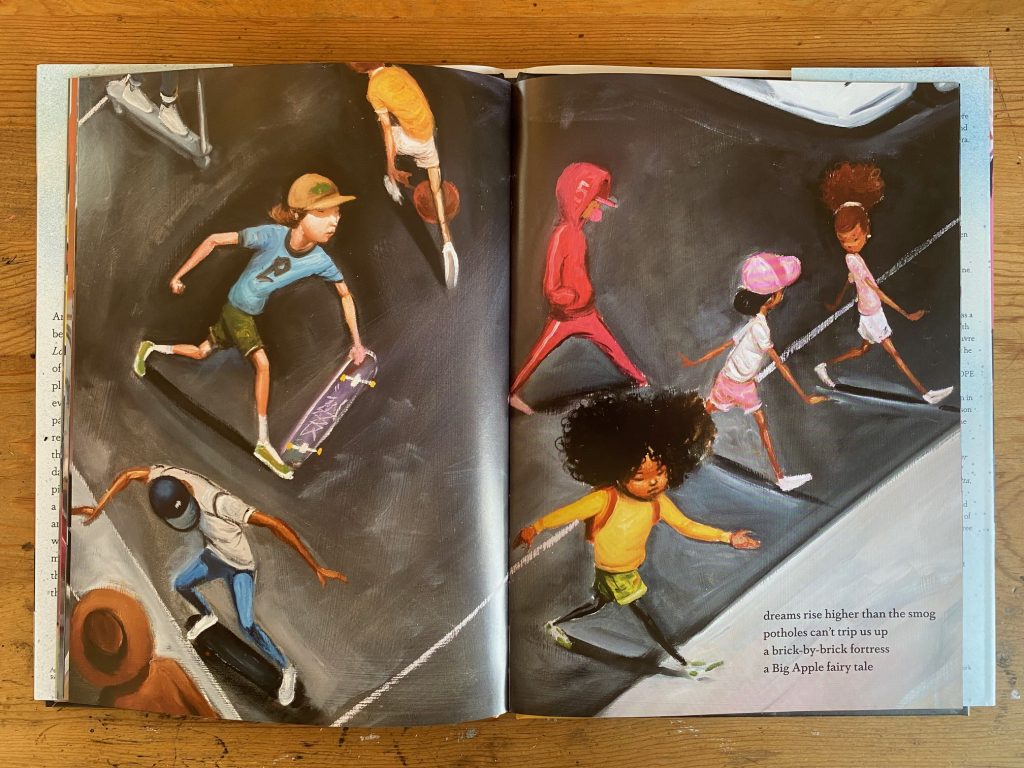
There’s salsa on the bodega page, maybe afro-cuban beats on the Icee pan spread. I think what this comes down to is that Morrison’s work in BLOCK captures dance in all its forms. Hip-hop does come across strongest, though, and rooting it firmly there is Janelle Harper’s text. It reads like slam poetry. It’s celebratory and empowering. I love it.
Last thing I’ll say is these books hold up to closer study. I feel like both have a story hidden within the main text (in THE LAST STAND it’s a story told by the colors Eady uses to punctuate scene transitions until a moment when he doesn’t, in MY BLOCK LOOKS LIKE ME that story is hidden in the main character’s hair which changes to mimic and even interact with the cityscape). I used to co-host a book club with author Ebony Lynn Mudd where we would dig into things like this (dissecting SOUL FOOD SUNDAY, mentioned above, was the first book to get this treatment, in fact). I have a feeling we could spend a few hours on this topic alone, much less the entire rest of the book including all the Black history that went over my head. More stuff that I can talk about in a month, actually. Even with the extra day.
